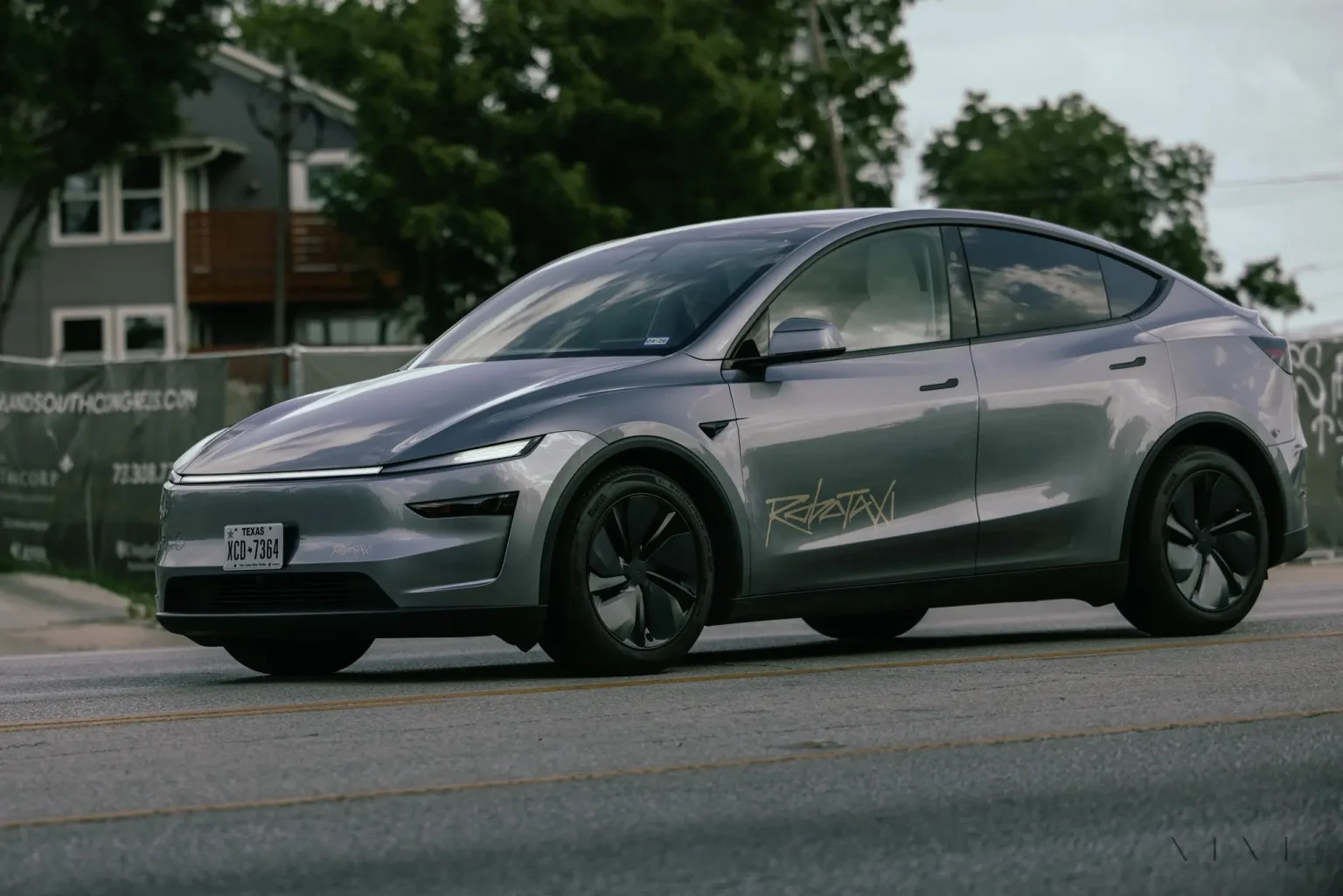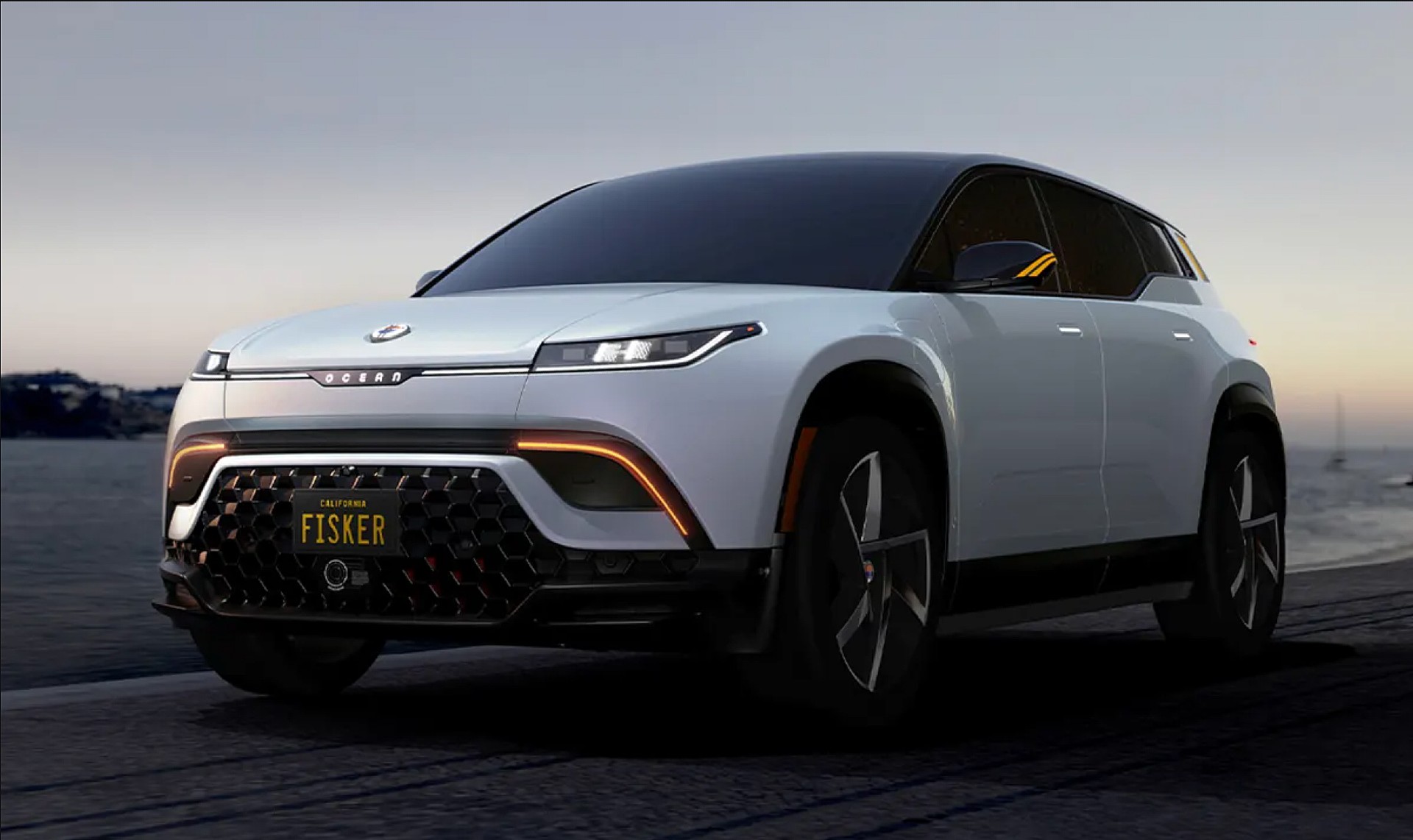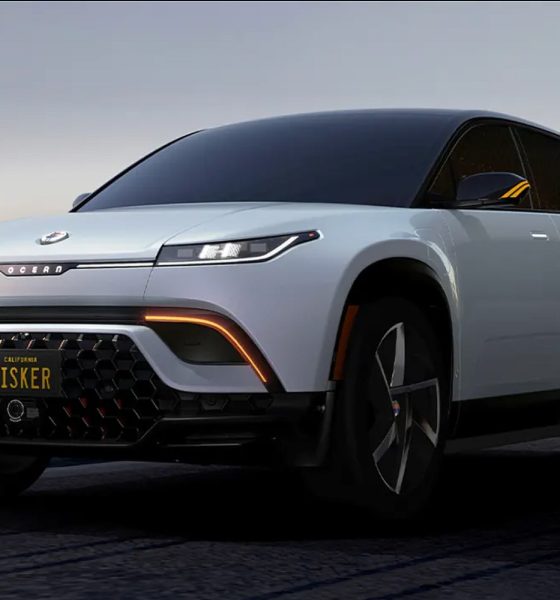Electric vehicle maker Fisker opted to maintain its production forecast for the year. The update was received warmly by investors, as evidenced by Fisker stock rising 30.28% to $7.40 per share on Monday. However, some Wall Street analysts received Fisker’s forecast with skepticism, with CFRA Research analyst Garrett Nelson dubbing it “borderline ludicrous.”
The past months have been very challenging for electric vehicle makers like Fisker. Even EV giant Tesla saw notable challenges last year amidst supply chain shortages and Covid-related shutdowns in China. As noted in an Automotive News report, some EV makers may now be facing waning demand amid rising interest rates and recession fears.
Yet as per Fisker, the company is still looking to hit its 2023 production target of 42,400 vehicles with manufacturing partner Magna Steyr. This was despite some suppliers still facing headwinds. In a conference call, CEO Henrik Fisker told analysts that Magna was ready to produce 20 cars daily, with a “strong” ramp in Q2 2023.
“Yes, we only made 56 cars since November last year, but that was on purpose. Today, and actually even last week, and weeks before, Magna can already make 20 cars a day on average. That’s 100 cars a week, already now. So the key here — the key takeaway is that when we are ramping up, specifically in Q2, we are going to have such a strong ramp that any units that may have been lost early on can easily be caught up later in the year. And that’s why we maintain our guidance of 42,400 vehicles for the year, extremely important note here,” Fisker said.
Wall Street analysts have responded to Fisker’s stance. Raymond James analyst Pavel Molchanov noted that the stock rise on Monday was a “classic example of a relief rally.” The analyst noted that there were also “some fears that the production startup of the SUV Ocean was getting delayed.”
CFRA Research analyst Garrett Nelson was more skeptical. He noted that Fisker’s 2023 target of 42,400 vehicles was “borderline ludicrous given the struggles of EV peers.” Nelson also highlighted that the target is extremely optimistic considering “Fisker’s production of 56 vehicles so far.”
Fisker also pointed out that its potential Tesla Model Y fighter, the Fisker Ocean, saw its reservations rise to over 65,000 as of February 24, 2023, an improvement from the 62,000 reservations the vehicle saw in October last year.
If Fisker can pull off the Ocean, it could prove competitive in the EV sector. The Ocean is expected to start at $37,499, lower than industry leaders like the Tesla Model Y, which starts at $54,990 even with the company’s price cuts last January. Henrik Fisker, for his part, noted that the company’s pricing is bearing fruit. “We were well-priced from the beginning. That’s something that, I think, now is bearing fruit,” the CEO said.
The Teslarati team would appreciate hearing from you. If you have any tips, contact me at maria@teslarati.com or via Twitter @Writer_01001101.

News
Tesla FSD fleet is nearing 7 billion total miles, including 2.5 billion city miles
As can be seen on Tesla’s official FSD webpage, vehicles equipped with the system have now navigated over 6.99 billion miles.

Tesla’s Full Self-Driving (Supervised) fleet is closing in on almost 7 billion total miles driven, as per data posted by the company on its official FSD webpage.
These figures hint at the massive scale of data fueling Tesla’s rapid FSD improvements, which have been quite notable as of late.
FSD mileage milestones
As can be seen on Tesla’s official FSD webpage, vehicles equipped with the system have now navigated over 6.99 billion miles. Tesla owner and avid FSD tester Whole Mars Catalog also shared a screenshot indicating that from the nearly 7 billion miles traveled by the FSD fleet, more than 2.5 billion miles were driven inside cities.
City miles are particularly valuable for complex urban scenarios like unprotected turns, pedestrian interactions, and traffic lights. This is also the difference-maker for FSD, as only complex solutions, such as Waymo’s self-driving taxis, operate similarly on inner-city streets. And even then, incidents such as the San Francisco blackouts have proven challenging for sensor-rich vehicles like Waymos.
Tesla’s data edge
Tesla has a number of advantages in the autonomous vehicle sector, one of which is the size of its fleet and the number of vehicles training FSD on real-world roads. Tesla’s nearly 7 billion FSD miles then allow the company to roll out updates that make its vehicles behave like they are being driven by experienced drivers, even if they are operating on their own.
So notable are Tesla’s improvements to FSD that NVIDIA Director of Robotics Jim Fan, after experiencing FSD v14, noted that the system is the first AI that passes what he described as a “Physical Turing Test.”
“Despite knowing exactly how robot learning works, I still find it magical watching the steering wheel turn by itself. First it feels surreal, next it becomes routine. Then, like the smartphone, taking it away actively hurts. This is how humanity gets rewired and glued to god-like technologies,” Fan wrote in a post on X.
News
Tesla starts showing how FSD will change lives in Europe
Local officials tested the system on narrow country roads and were impressed by FSD’s smooth, human-like driving, with some calling the service a game-changer for everyday life in areas that are far from urban centers.

Tesla has launched Europe’s first public shuttle service using Full Self-Driving (Supervised) in the rural Eifelkreis Bitburg-Prüm region of Germany, demonstrating how the technology can restore independence and mobility for people who struggle with limited transport options.
Local officials tested the system on narrow country roads and were impressed by FSD’s smooth, human-like driving, with some calling the service a game-changer for everyday life in areas that are far from urban centers.
Officials see real impact on rural residents
Arzfeld Mayor Johannes Kuhl and District Administrator Andreas Kruppert personally tested the Tesla shuttle service. This allowed them to see just how well FSD navigated winding lanes and rural roads confidently. Kruppert said, “Autonomous driving sounds like science fiction to many, but we simply see here that it works totally well in rural regions too.” Kuhl, for his part, also noted that FSD “feels like a very experienced driver.”
The pilot complements the area’s “Citizen Bus” program, which provides on-demand rides for elderly residents who can no longer drive themselves. Tesla Europe shared a video of a demonstration of the service, highlighting how FSD gives people their freedom back, even in places where public transport is not as prevalent.
What the Ministry for Economic Affairs and Transport says
Rhineland-Palatinate’s Minister Daniela Schmitt supported the project, praising the collaboration that made this “first of its kind in Europe” possible. As per the ministry, the rural rollout for the service shows FSD’s potential beyond major cities, and it delivers tangible benefits like grocery runs, doctor visits, and social connections for isolated residents.
“Reliable and flexible mobility is especially vital in rural areas. With the launch of a shuttle service using self-driving vehicles (FSD supervised) by Tesla in the Eifelkreis Bitburg-Prüm, an innovative pilot project is now getting underway that complements local community bus services. It is the first project of its kind in Europe.
“The result is a real gain for rural mobility: greater accessibility, more flexibility and tangible benefits for everyday life. A strong signal for innovation, cooperation and future-oriented mobility beyond urban centers,” the ministry wrote in a LinkedIn post.
News
Tesla China quietly posts Robotaxi-related job listing
Tesla China is currently seeking a Low Voltage Electrical Engineer to work on circuit board design for the company’s autonomous vehicles.

Tesla has posted a new job listing in Shanghai explicitly tied to its Robotaxi program, fueling speculation that the company is preparing to launch its dedicated autonomous ride-hailing service in China.
As noted in the listing, Tesla China is currently seeking a Low Voltage Electrical Engineer to work on circuit board design for the company’s autonomous vehicles.
Robotaxi-specific role
The listing, which was shared on social media platform X by industry watcher @tslaming, suggested that Tesla China is looking to fill the role urgently. The job listing itself specifically mentions that the person hired for the role will be working on the Low Voltage Hardware team, which would design the circuit boards that would serve as the nervous system of the Robotaxi.
Key tasks for the role, as indicated in the job listing, include collaboration with PCB layout, firmware, mechanical, program management, and validation teams, among other responsibilities. The role is based in Shanghai.
China Robotaxi launch
China represents a massive potential market for robotaxis, with its dense urban centers and supportive policies in select cities. Tesla has limited permission to roll out FSD in the country, though despite this, its vehicles have been hailed as among the best in the market when it comes to autonomous features. So far, at least, it appears that China supports Tesla’s FSD and Robotaxi rollout.
This was hinted at in November, when Tesla brought the Cybercab to the 8th China International Import Expo (CIIE) in Shanghai, marking the first time that the autonomous two-seater was brought to the Asia-Pacific region. The vehicle, despite not having a release date in China, received a significant amount of interest among the event’s attendees.










